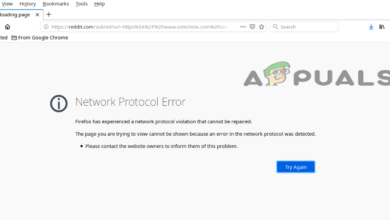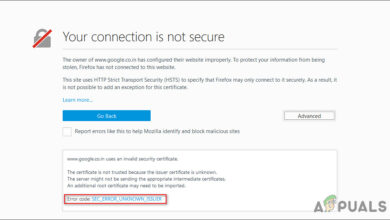How to Fix SEC_ERROR_BAD_SIGNATURE in Firefox
Firefox and Google Chrome are the only real competitors when it comes to web browsers. Mozilla Firefox, initially released in 2002, is an open-source web browser that is developed by Mozilla Corporation. The continuous updates that it receives keeps on improving the browser; making it much more stable and faster along with security improvements. However, there are issues that you might face while using Mozilla Firefox. The Secure Connection Failed (SEC_ERROR_BAD_SIGNATURE) in Firefox stops you from accessing websites that can be easily reached via other browsers.
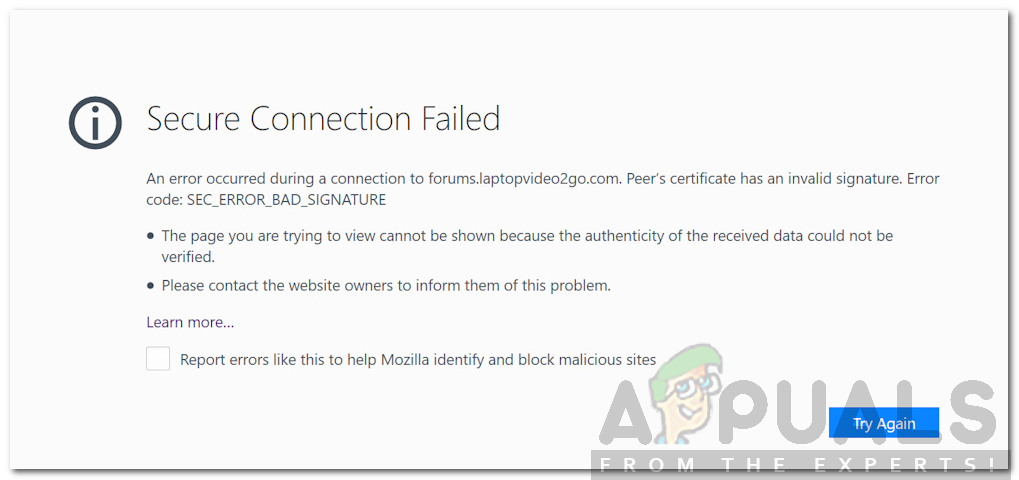
This issue seems to be caused by the applications you have installed on your system or the web browser extensions. Other than that, your network settings on the browser can also result in the issue. While the error code might seem terrifying, it is not. The solutions for the said error code are quite easy and you will be good to go in no time. Therefore, let us jump into it.
What causes the SEC_ERROR_BAD_SIGNATURE Error Code in Mozilla Firefox?
The said error message does not appear on suspicious websites, but rather it can stop you from accessing websites like Facebook, etc. as well. This issue can be due to the following factors —
- Third-Party Antivirus Software: The most common cause of the issue will be the third-party antivirus software on your system. Such software often implements policies on your web connectivity due to which you are restricted from certain websites.
- Mozilla Firefox Extensions: The extensions that you have added can also cause various problems. One of them might be interfering with certificates due to which you are seeing the said error message. This can be fixed by launching Firefox in Safe Mode.
- Firefox Network Settings: Another cause of the error message can be your Firefox Network settings. If you are using a proxy, that might be causing the issue to pop up.
With that said, let us get into the solutions. Every solution might not work for you as your issue might not be caused by that particular factor. Therefore, please make sure to follow them all to get a quick resolution.
Solution 1: Turn off Third-Party Antivirus
The first thing you should do when you get the said error message is to turn off the third-party antivirus software that you have on your system. Most of the times, antivirus software imposes restrictions on your system’s web connectivity due to which you are unable to access certain websites. Therefore, disable the antivirus software on your system, close the browser and then see if it fixes the issue.
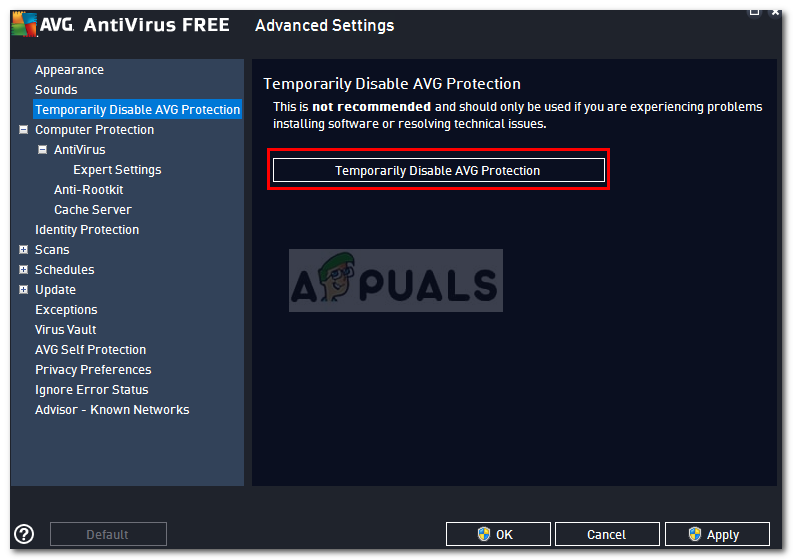
In case it does fix the issue, you will have to add an exception in the Network settings of your antivirus for Firefox.
Solution 2: Launch Mozilla Firefox in Safe Mode
The extensions on your web browser can also interfere with certain connections and certificates due to which you face various issues. You will have to launch Firefox in Safe Mode which will disable all the extensions and run the browser on the factory settings. If it fixes your issue, you will have to manually uninstall the extensions until you come across the culprit. Here’s how to run Firefox in safe mode:
- Launch Mozilla Firefox.
- Click on the menu button in the top right corner, click on Help and then hit “Restart with Add-ons Disabled…”.

Launching Firefox in Safe Mode - Firefox will now launch in Safe Mode.
Solution 3: Changing Network Settings
Another thing that you can do is to change the Network settings of your Firefox browser. If you do not use a Proxy to connect to the internet, you might want to disable it in Firefox. If you do, you will have to compare it with other web browsers. Here’s how to disable Proxy:
- Open up Mozilla Firefox.
- Click on the menu button and then click Options.
- In the General section, scroll down to Network Settings.
- Click on Settings.
- Select No Proxy and click OK.
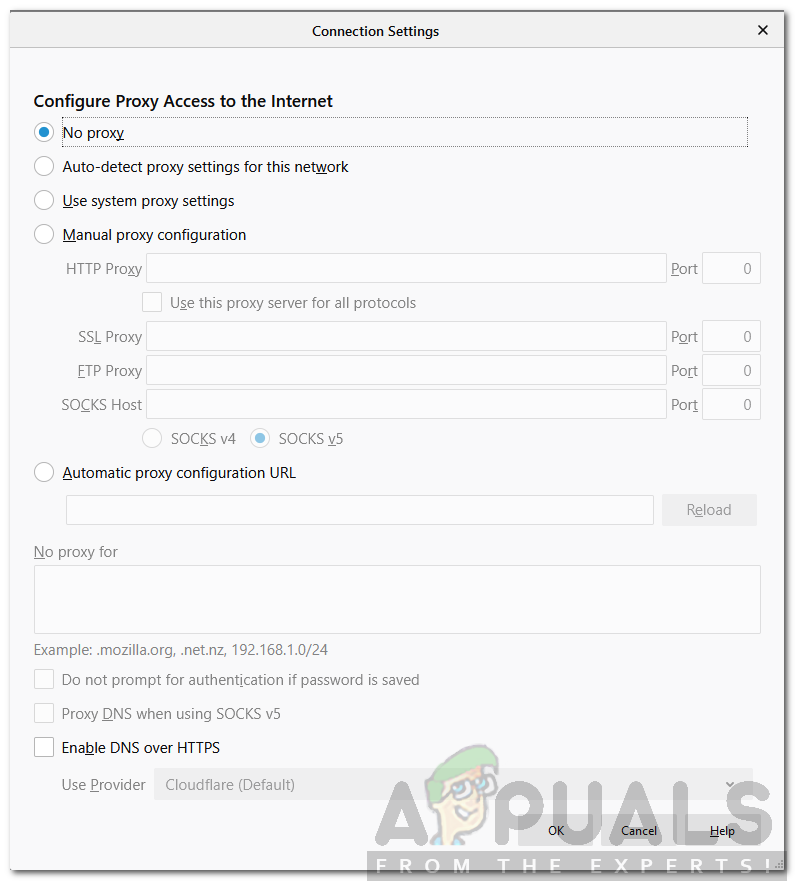
Changing Network Settings - Close the tab so that changes are saved.
- Restart Firefox.
- See if that fixes the issue.




